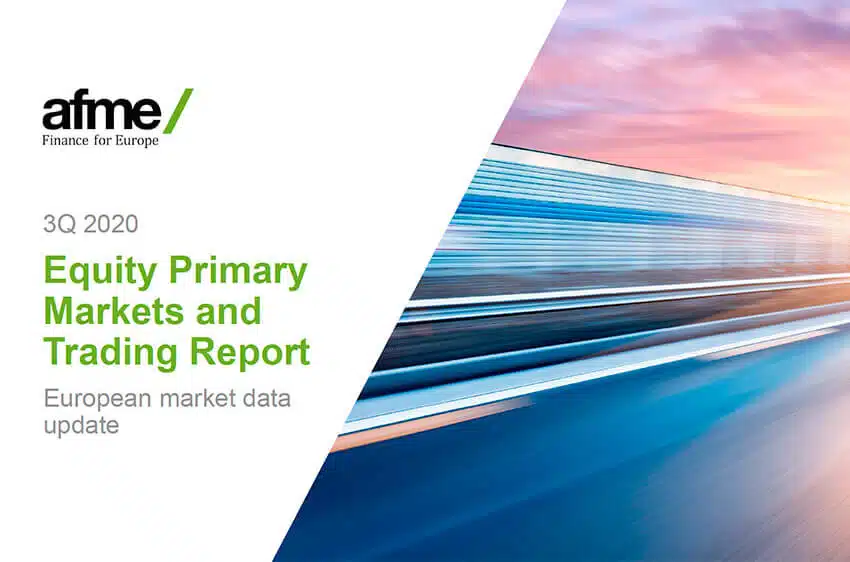Singapore, New York, London, Frankfurt, 23rd February 2021 – big xyt, the independent provider of smart data and analytics solutions to the global trading and investment community, is pleased to announce Philip Barnes has joined their executive team as Managing Director, Head of Business Development in Asia Pacific. Navigating fragmented markets remains a challenge for participants needing easily digestible information on trading analysis. The big xyt data analytics platform responds to these market challenges, and provides clients access to independent, accurate, and transparent data, transforming their trading performance and analysis, and reducing the complexity and costs of their technology and operational requirements.
With the valuable support from our clients, we continue to be nominated for key industry awards, the most recent for The TRADE’s 2020 Leaders in Trading: The Digital Experience (LiTDX) FinTech of the Year award. This nomination is testament to how far we have come over the past year, and the recognition we are now receiving from the financial services community. The winner will be decided by industry vote with results announced during
Fund managers and traders following the S&P 500 Index face a challenge when they frantically throw out the junk to make way for the new kid on the block. The company that sells fewer than 1% of total vehicles globally finds itself with a valuation equal to the largest nine car manufacturers worldwide. “How can this be?” you may ask yourselves. Part of the answer in recent weeks is the announcement (on November 16th) that Tesla has at last qualified for inclusion in the S&P 500 from the close of business this Friday 18th December. This has put investors into a spin as passive traders have had to buy the stock to adjust their index weightings whilst reducing many of their other holdings to maintain balance. Meanwhile, active traders don’t know whether to take their profits, buy some more, or close their eyes, cross their fingers, spin around three times and hope the problem goes away when they blink back to life.
Our image of the 21st Century Santa depicts a carbon neutral delivery of presents from technology-driven sources, prompting the question: Who will be the winner from the festive shopping season this year? With an ever decreasing number of retailers surviving on the high street, everyone is looking online for stocking fillers and we can expect Amazon to continue to surf this wave. Some, like Apple, have built their success through customers’ ability to buy direct and there is plenty of evidence that the brand hasn’t lost any of its appeal.
A key topic in the market this year has been whether the trading day should begin later in the morning, a move endorsed by many as a way to concentrate liquidity, especially in the earlier part of the day. We can use the daily volume curves to measure whether the profile of available liquidity is changing over time and so as part of our 12 Days of Trading series we thought we would see if the extremes of 2020 have changed the picture.
We are delighted that AFME (Association for Financial Markets in Europe) and their clients rely on big xyt as an independent reference for Equity market structure, with our analysis featuring in their quarterly Equity Primary Markets and Trading Report. Please get in touch to find out more about how we can improve data analytics for you and your clients.
After our first post of this series where we highlighted three stocks with large price reversion before and after the close on 30th November, we had several enquiries asking if we have an easy way to identify these moves. When using data analytics to support trading decisions, one can try to gain an insight from a snapshot of information to simplify something complex or often, more valuably, to identify a trend or pattern. Either way it is like a game of I Spy.
After a traumatic 12 months, we thought you might be feeling a little bristly in the lead up to the holidays. What better way to complement the mood than by looking at the impressive volume spikes of 2020. We’ve put together A Hall of Fame for those days over the last four years where traded value has exceeded 100 billion euros. The trophy for the highest number of days – 15 – sits securely on 2020’s mantelpiece, and the overall winner is February 28th, with a traded value of 132 billion euros. In a broader context, that means that 15 out of the 21 days were in 2020, including 10 out of the 17 days between February 28th and March 20th.
In the past we have commented about the dangers of trading at the Close on days when there are significant trading volumes expected. Last week’s MSCI rebalance showed us new examples of the dangers. Taking the official close as a stick in the sand, we calculated the volume weighted average price (VWAP – excluding the Close) as a proxy for an “average price” that might have been achieved by trading in the continuous market. We compared this to the official Closing price to identify large differences representing significant opportunities for profit or loss depending on whether you were on the “right’ or “wrong” side of the trade. For many stocks, these auctions resulted in significantly higher volumes of trading than the average total daily volume, not just the average closing turnover. That extra size traded magnifies the extent of the P&L.
Last month we touched on the growing number of Alternative Closing Mechanisms available to the equity trading community as we added the new Turquoise Plato Trading at Last to our Enterprise menu. Within a few days we saw that Deutsche Bourse were introducing Xetra Trade-at-Close, and last week we added this to the menu. With the MSCI rebalance yesterday, all eyes will have been on the closing prints..….but which Close? To sign up for a free trial of the








